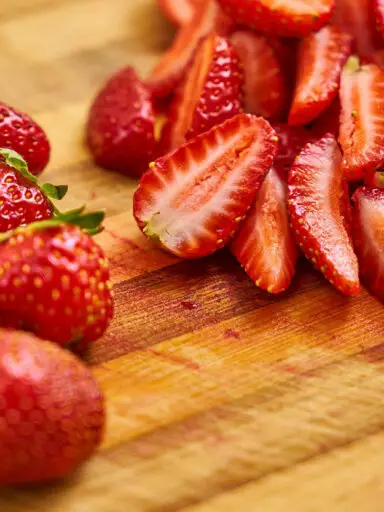Sweet marjoram, also known as knotted marjoram or simply marjoram is one of the most popular Mediterranean herbs. It is a perennial shrub grown for its culinary and medicinal benefits.
It is native to Cyprus and southern Turkey and is a woody shrub that reaches about 80 cm in height. It grows best in well-drained and lime soils. It comes with pinkish-white flowers and oval dark green leaves. This herb is closely related to oregano and mint.
Marjoram leaves are usually harvested just before flowering. It can grow as a potted plant in a kitchen garden. The herb can be used in a fresh or dried form in cooking recipes.
When dried it should be stored in airtight containers in a cool and dark place and will keep for several months. The fresh herb should be stored in a refrigerator in a sealed plastic bag.
Marjoram Used in Cooking Recipes
This herb is generally used for seasoning marinade, sauces, soup, stew, and salad dressing. It is also commonly used to flavor egg and vegetable dishes. Vegetables that work well include beans, carrots, cauliflower, kale, lentils, peas, potatoes, spinach, and tomatoes.
It is also a commonly used herb in stuffing, sausages, and pizza. It also forms a major in a bouquet garni together with bay leaf, parsley, tarragon, and thyme. It is also the primary ingredient in marjoram tea.
With dried marjoram, the flavor tends to be more intense than in the fresh form. This is in contrast to herbs such as thyme and sage which have a more intense flavor when fresh. Nevertheless, just like other herbs, it is best added to the dish at the last moment of cooking to retain the most amount of fragrance and flavor.
Nutritional Values
The essential oils in this herb have been found to have anti-fungal and anti-bacterial properties. The tea also helps to relieve nausea and flatulence.
The herb is rich in vitamin A, and beta-carotene and contains no cholesterol. It is also rich in dietary fiber and is high in calories at 270 calories per 100 grams.
It is rich in folates, pyridoxine, and niacin. It is also plentiful in riboflavin and thiamin. It is also a great source of vitamin c, vitamin E, and vitamin K.
This herb is rich in the minerals calcium, magnesium, manganese, and copper. It is an excellent source of Iron. It also contains good amounts of potassium and zinc.




